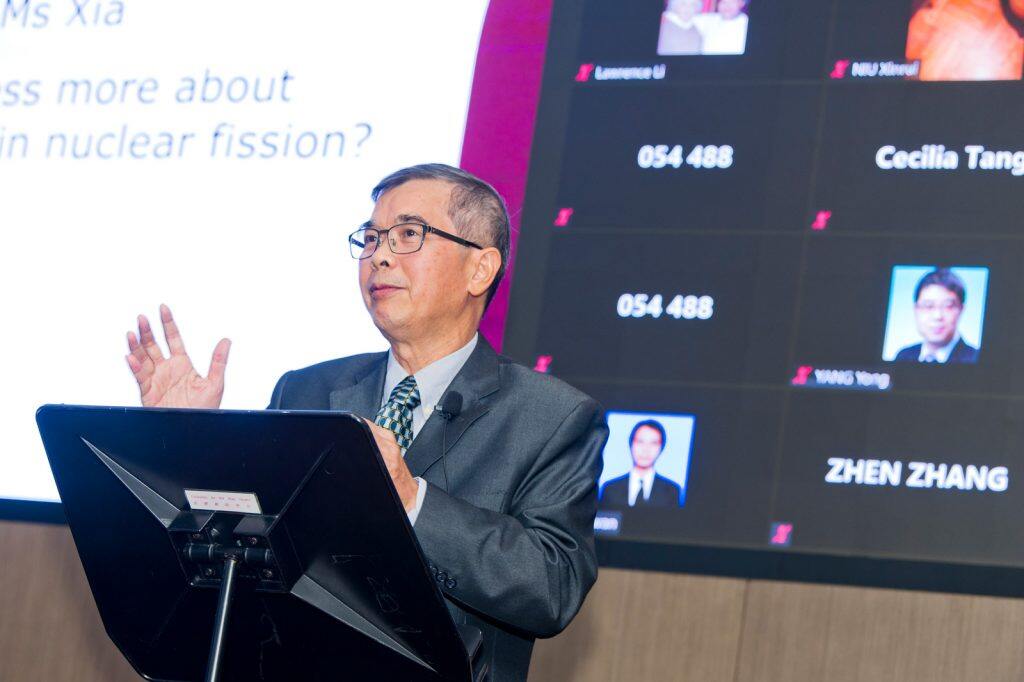

Contrary to expectation, bubbles are not empty. In fact, they are a rich source of interesting scientific phenomena, and not just because they add sparkle and flavour to champagne.
This message was central to the talk by Professor Pan Chin, Head and Chair Professor in the Department of Mechanical Engineering, at the President’s Lecture Series: Excellence in Academia on 7 October at City University of Hong Kong (CityU).
One area of interest was sustainability: understanding bubbles, waves and the oceans is quickly becoming a hot topic in climate change disciplines.
“When waves break at sea, the bubbles created trap carbon dioxide,” said Professor Pan. Understanding more fully this process could have significant implications for analysing climate change, he added,
Another area of note is how animals use bubbles in smart ways. Humpback whales create bubbles with their fins and by blowing air vertically, which disorients their catch and allows large numbers of fellow humpbacks to feed en masse.
Staying underwater, another sea creature uses bubbles in remarkable ways. The pistol shrimp possesses a unique means of stunning its prey: it produces and then pops bubbles. The heat, light and sound released from this bubble-bursting process is so intense that any unfortunate invertebrates in the vicinity are often killed outright.
Professor Pan also explored how bubbles can be manipulated to cool intensely hot surfaces through a process of heat transfer at the interface of the bubble and the surface.
“The intelligent manipulation of bubbles may cool a surface with ultra-high heat intensity and enhance nuclear safety, too,” said Professor Pan.
Professor Pan concluded that, despite appearances, bubbles are not empty but are in fact important areas for research into energy.
Professor Pan’s research focuses on multi-phase flow and boiling heat transfer. He published a book titled Boiling Heat Transfer and Two-phase Flow in Chinese in 2001 and has published 105 journal papers, which he was mostly corresponding author for, and 140 conference proceeding papers or presentations.







































